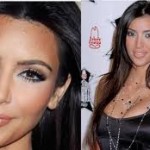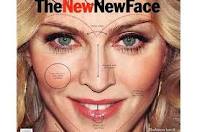The interest in cosmetic plastic surgery worldwide is reflected in the increasing numbers of people who have undergone such changes over the past decade. This is not just a U.S. phenomenon but is seen in many countries ranging from Brazil to Estonia. People are interested in looking and feeling better in record numbers. There is a lot of reasons why this is occurring from advancements in surgical techniques and materials to the internet and marketing.

In the November issue of the Journal of Adolescent Health, a study was published on ‘Adolescents, Celebrity Worship and Cosmetic Surgery’. The purpose of the reported study was to determine if young adults who admired celebrities was a predictor of whether cosmetic surgery was done later. Over 130 adults filled out questionnaires which measured their attitudes towards a celebrity that they admired and their attitude and experience to cosmetic surgery. Eight months later, they were then asked whether they had undergone cosmetic surgery. The investigators found that intense personal admiration for the body shape of celebrity was a strong predictor of future cosmetic surgery being done.

While one may disagree with such attention to highly visible and well known people, their influence is undeniable. This is nothing new and has always been this way. It is only extremely evident today because of the internet and the instantaneous access to endless venues that choose to highlight them. Perhaps the coverage of poor or undesired cosmetic surgery outcomes will also serve to educate that these procedures have real risk of complications and are not as simple as airbrushing or Photoshopping one’s desired result.
Dr. Barry Eppley
Indianapolis, Indiana


